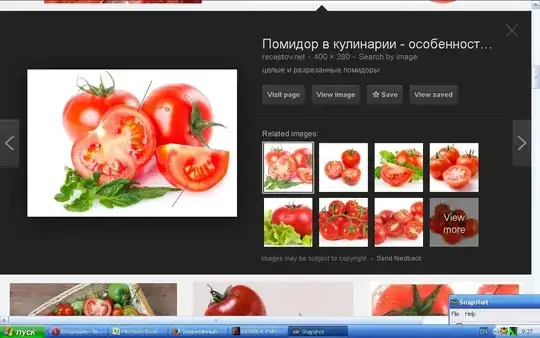I think it's more likely simply a manifestation or vestige of commercial tomatoes being picked green, and homegrown or closer to homegrown tomatoes being picked ripe, rather than ANYTHING to do with fertilizer. While the commercial crop will eventually turn red, it's not the same as vine-ripened.
I'd make a reasonable bet that the folks at the farmers market are fertilizing - just organically. "Unfertilized tomatoes" (planted in raw ground with no help) don't amount to much. Planted in a rich garden/field, it's disingenuous to call them unfertilized. That soil didn't magically get rich all by itself.
